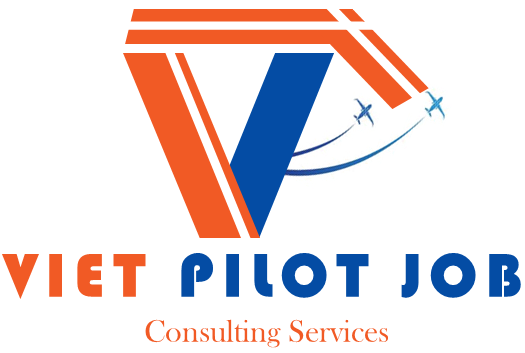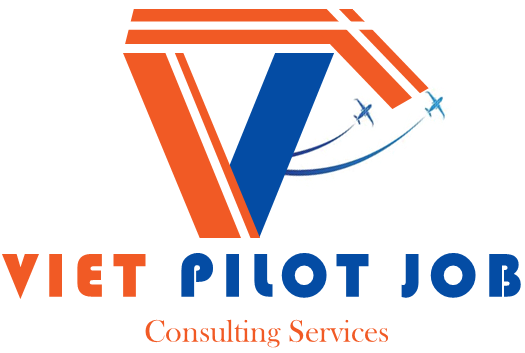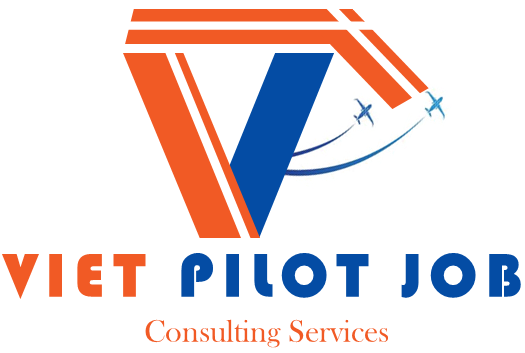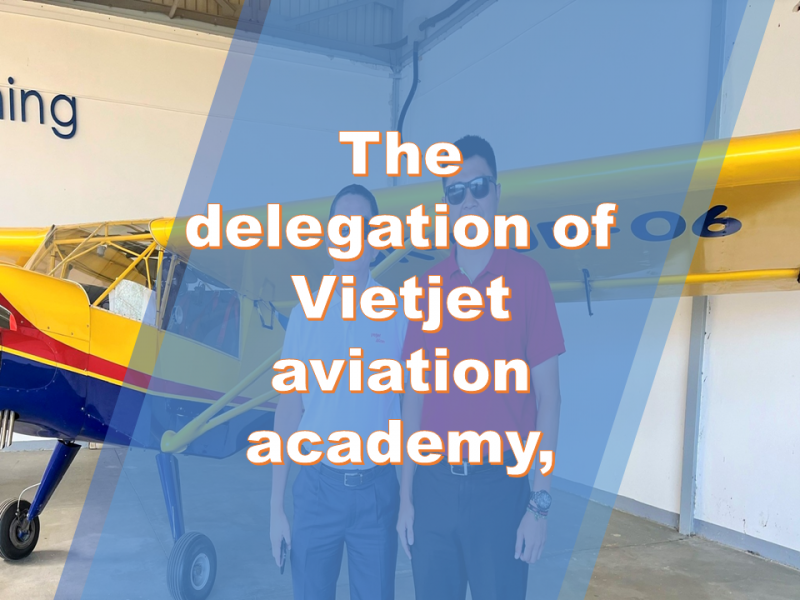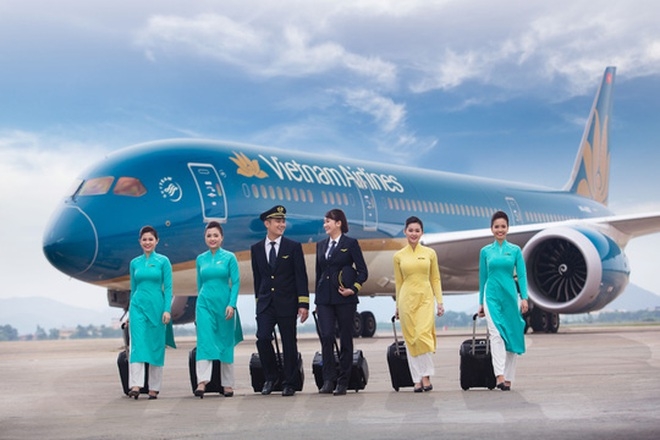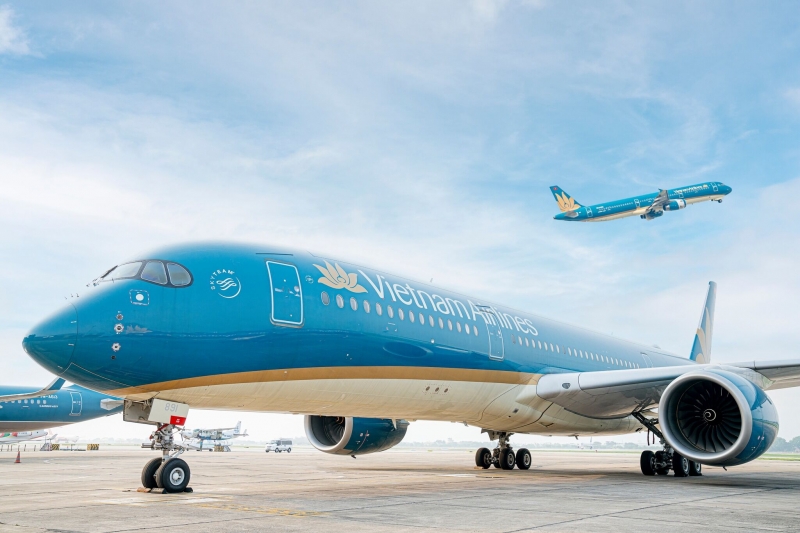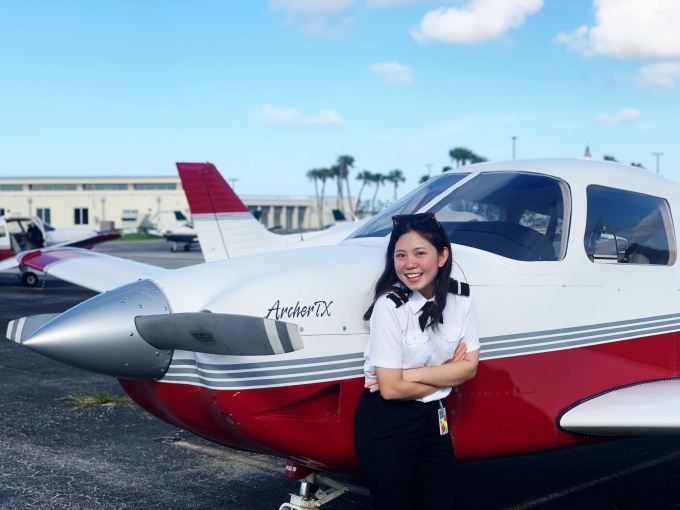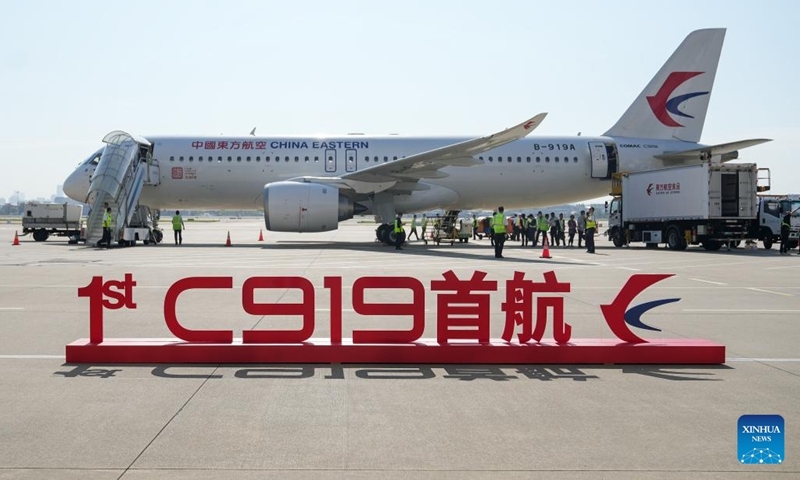The European Union Aviation Safety Agency (EASA) deems that single-pilot commercial aircraft operations by 2030 are so far “absolutely not realistic.”
In an interview with Reuters, Andrea Boiardi, the Chief Expert of Operational Suitability at EASA, rejected the notion that commercial aircraft would be operated by a single pilot by 2030. However, the Italian executive at the agency did not rule out that by 2027, some phases of the flight would only have a single pilot in the cockpit.
Airbus and Dassault, two France-based manufacturers, have come forward with the proposal to allow operators to have a single pilot during the cruise phase. During take-offs and landings, two pilots would still be needed at the very front seats of the aircraft.
Boiardi is one of the technical leads of the “Extended Minimum Crew Operations – Single Pilot Operations – Safety Risk Assessment Framework” project, which was contracted by EASA to the Netherlands Aerospace Centre (NLR).
Started in September 2022 and running until August 2024, the EU’s Horizon Europe research and innovation program awarded €930,000 ($994,230) to NLR to assess the feasibility of Extended Minimum Crew Operations (eMCO) and Single Pilot Operations (SiPO) by 2025 and 2030, respectively. The project will explore pilot workload, pilot error, pilot incapacitation, fatigue, sleep inertia, and other critical areas related to SiPOs.
Airbus, together with Hong Kong-based Cathay Pacific, has been working on Project Connect. The goal of that initiative is to develop and test a single-pilot system for long-haul flights.
The Airbus and Cathay Pacific collaboration, as well as other efforts across the industry, aim to address the ever-growing pilot shortage in the aviation industry. However, pilots themselves are not convinced by the effort.
“Having only one pilot in a commercial aircraft flies in the face of evidence and logic,” said Sully Sullenberger, the captain of an US Airways Airbus A320, which crash landed on the Hudson River in New York, United States, without a single fatality in 2018. “One way we have made commercial aviation ultra-safe is by having two fully qualified and experienced pilots in every cockpit. Every safety protocol we have is predicated on having two pilots work seamlessly together as an expert team cross-checking, backing each other up, managing the workload, catching and correcting errors – even collaborating wordlessly in situations where the time pressure and workload are so great there is not even time to talk about what has happened and what must be done.”
The European Cockpit Association (ECA), meanwhile, stated that “It is abhorrent that manufacturers & EASA are dressing up an aggressive drive for Reduced Crew Operations as a remedy for pilot fatigue (a very serious problem!) or a “labor shortage” (an inexistent problem).”
By RITIS BERESNEVICIUS - Aero Time
 English
English
 Korea
Korea